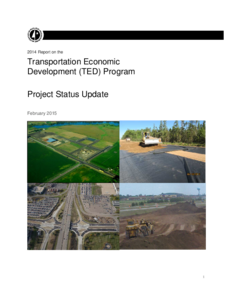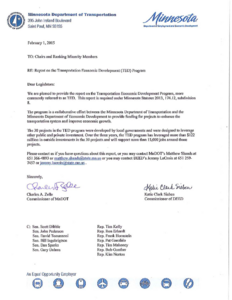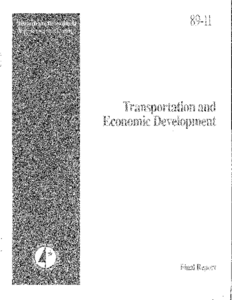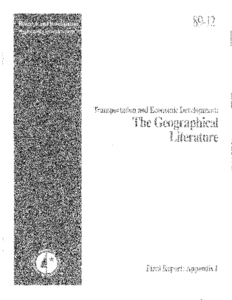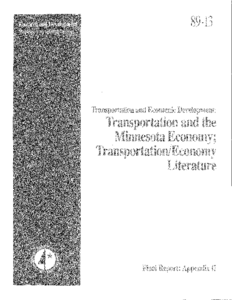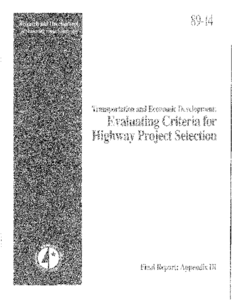Displaying results 1 - 10 of 61
On the Value of Minnesota's Road Network
Date Created
2001
Report Number
2004-16
Description
Transportation and Economic Development: The Link Between Highway Investment and Economic Development - A Time-Series Investigation - Appendix IV
Creator
Date Created
1989-05
Report Number
89-15
Description

